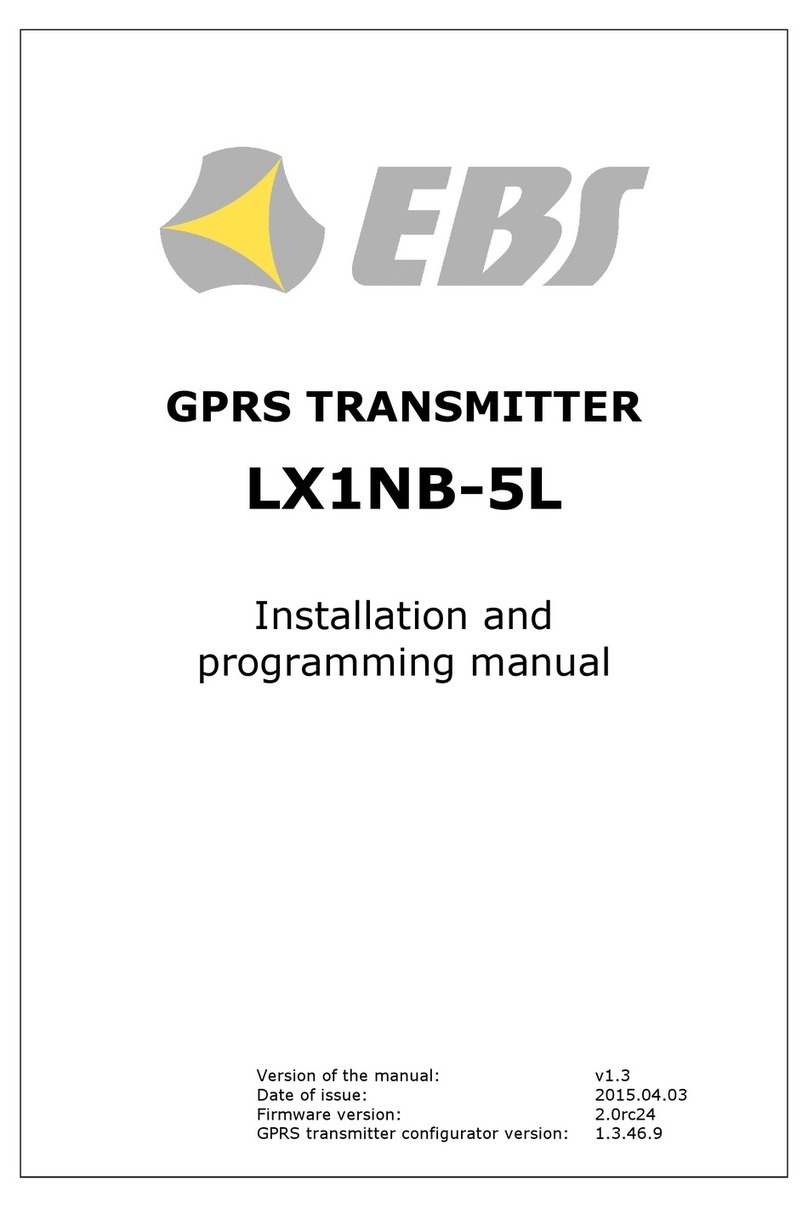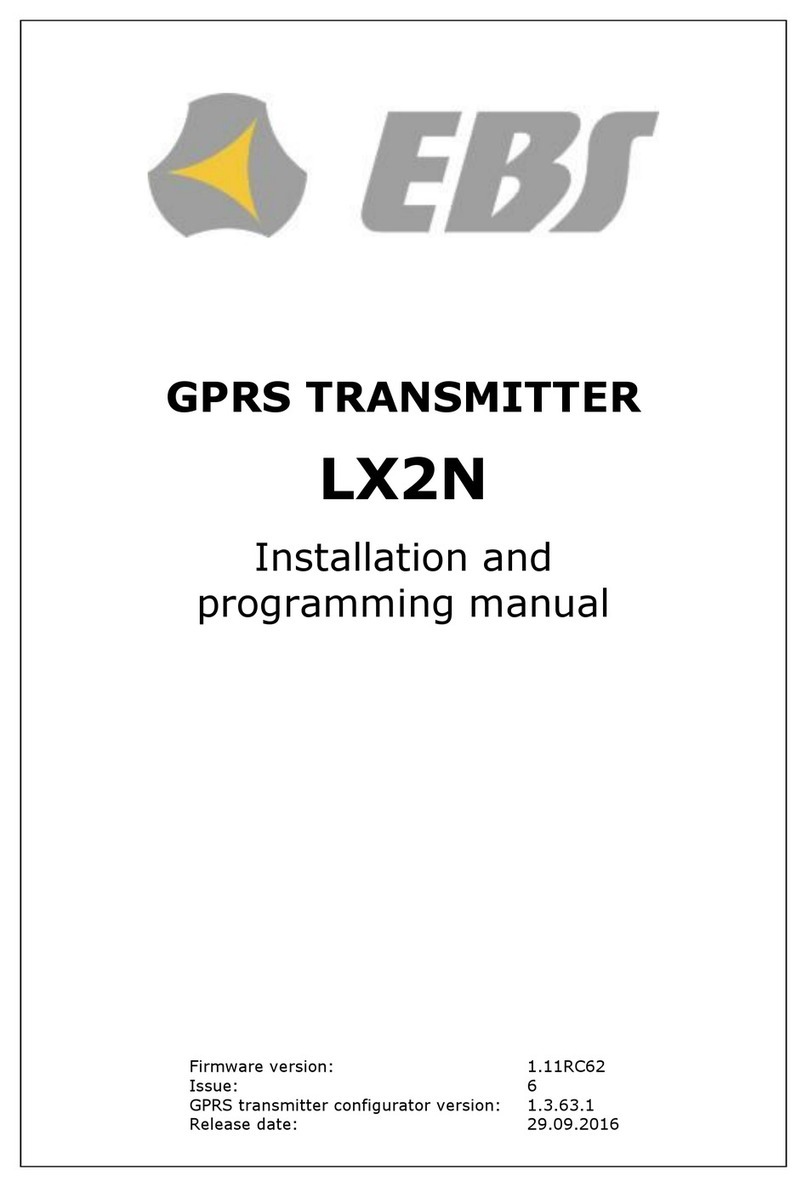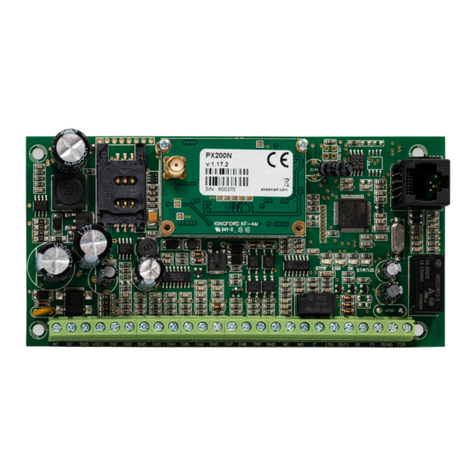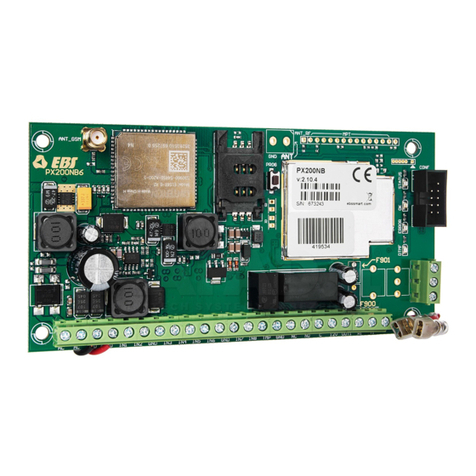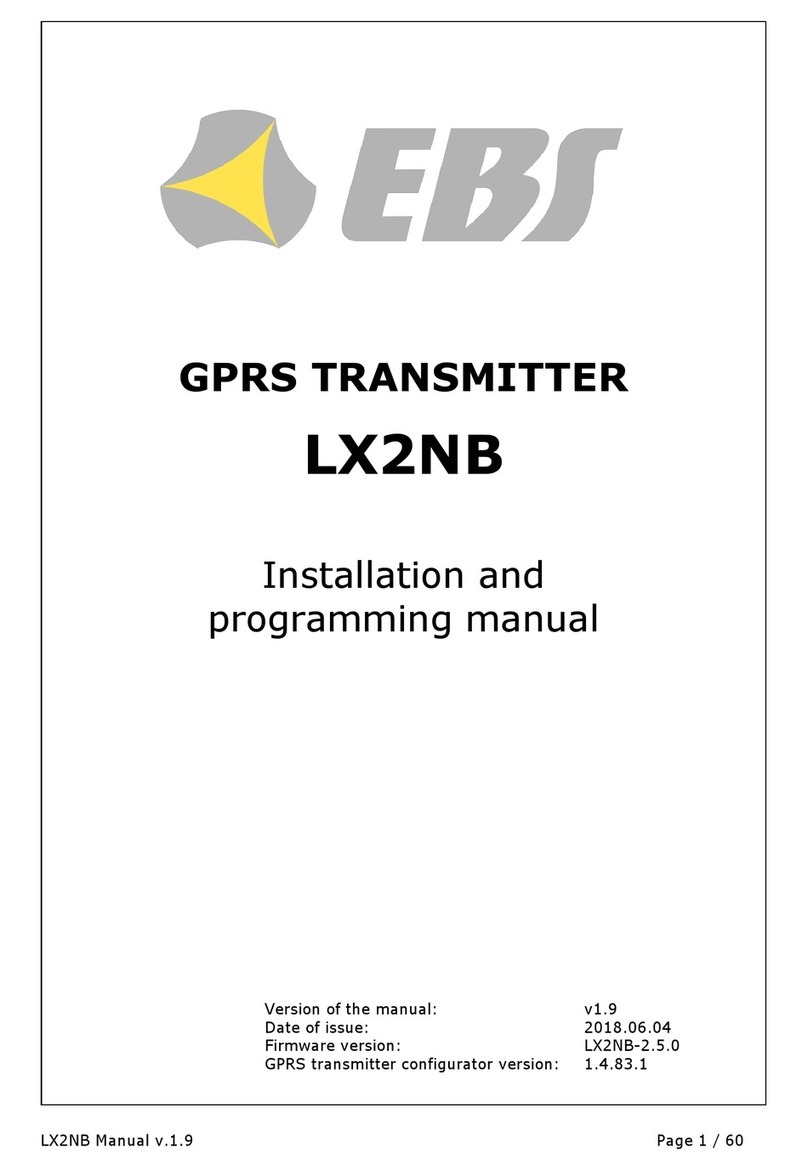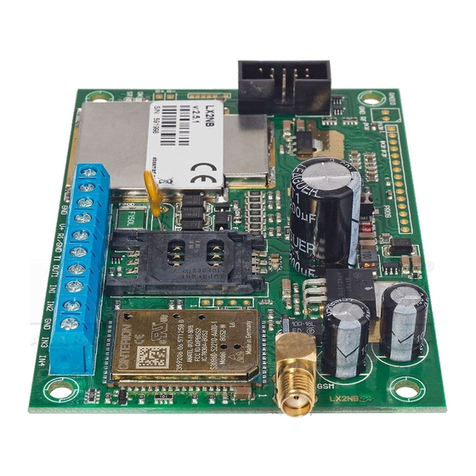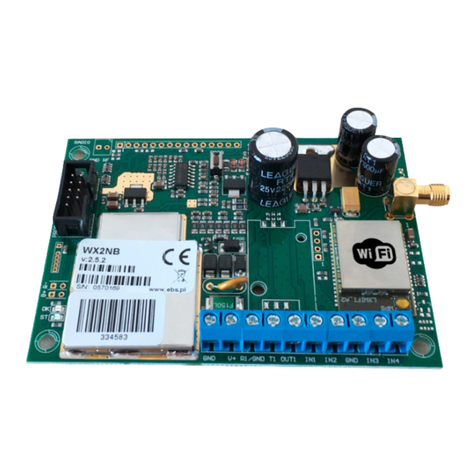8.1.2.3. SMS Parameters .................................................................... 31
8.1.3. Communication............................................................................ 32
8.2. TRANSMISSION .............................................................................. 35
8.3. INPUTS/OUTPUTS........................................................................... 35
8.3.1. Inputs configuration ..................................................................... 35
8.3.2. Partitions .................................................................................... 37
8.3.3. Outputs ...................................................................................... 39
8.3.4. Advanced outputs control.............................................................. 40
8.4. MONITORING .................................................................................. 42
8.4.1. Ethernet ..................................................................................... 42
8.4.2. GPRS.......................................................................................... 42
8.4.3. SMS ........................................................................................... 43
8.4.4. Skip initial state........................................................................... 43
8.4.5. Power loss................................................................................... 43
8.4.6. Event: CLIP................................................................................. 43
8.4.7. Sleep when the battery voltage less than ........................................ 43
8.5. RESTRICTIONS................................................................................ 44
8.5.1. SMS and data calls (CSD) ............................................................. 44
8.6. SMS NOTIFICATIONS ...................................................................... 46
8.6.1. Phone numbers............................................................................ 46
8.6.2. Events ........................................................................................ 47
8.6.3. Status ........................................................................................ 49
8.6.4. SMS Forward............................................................................... 50
8.7. RS232 ............................................................................................. 51
8.7.1. Serial port settings....................................................................... 52
8.7.2. Buffer flushing ............................................................................. 52
8.7.3. Advanced port options .................................................................. 53
8.8. LINK CONTROL................................................................................ 53
8.8.1. Watchdog ................................................................................... 54
8.9. PHONE LINE .................................................................................... 55
8.9.1. Phone line settings ....................................................................... 55
8.9.2. First and Second phone number..................................................... 56
8.10. FIRMWARE...................................................................................... 58
8.11. DEVICE MONITOR ........................................................................... 59
8.12. EVENTS HISTORY ............................................................................ 60
9. DEVICE PROGRAMMING....................................................................... 62
9.1. LOCAL PROGRAMMING.................................................................... 62
9.2. REMOTE PROGRAMMING ................................................................. 62
9.2.1. The first programming of device .................................................... 63
9.2.2. Reprogramming of device ............................................................. 63
10. RECEIVING OF SMS MESSAGE .............................................................. 64
10.1. REMOTE COMMANDS DESCRIPTION ................................................ 64
11. LED DIODES INDICATION.................................................................... 67
11.1. LOGGING TO GSM NETWORK........................................................... 67
11.2. GSM RANGE..................................................................................... 67
11.3. DATA TRANSMISSION ..................................................................... 68
11.4. RECEIVING OF DTMF DATA ............................................................. 68
11.5. PROGRAMMING............................................................................... 69
11.6. FIRMWARE UPDATING .................................................................... 69
11.7. SIM CARD ERROR ............................................................................ 70
11.8. SYSTEM ERROR ............................................................................... 70
12. CHANGELOG......................................................................................... 71

